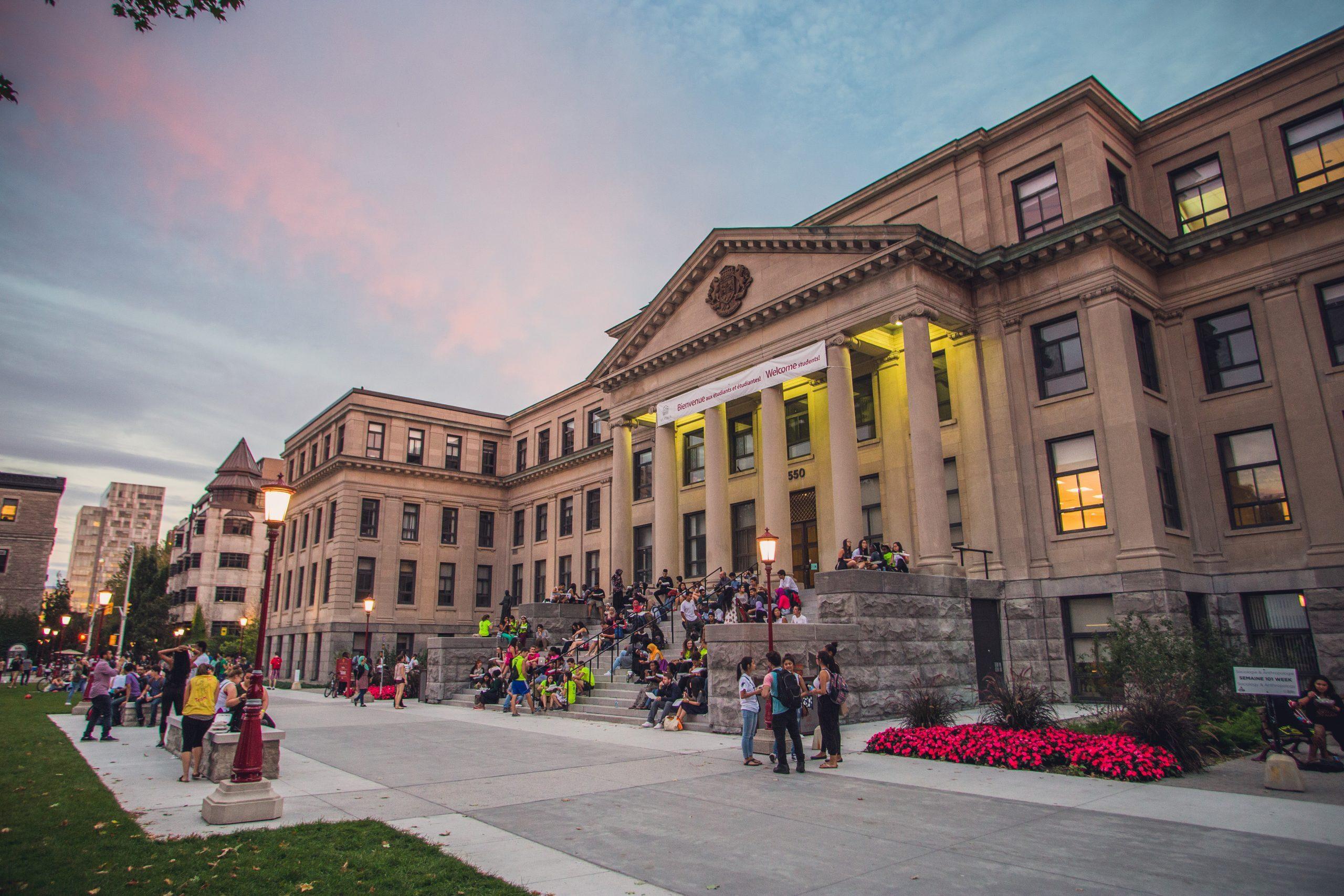University of Ottawa

The History of University of Ottawa
The University of Ottawa (French: Université d'Ottawa), often referred to as uOttawa or U of O, is a bilingual public research university in Ottawa, Ontario, Canada. The main campus is located on 42.5 hectares (105 acres) directly to the northeast of Downtown Ottawa across the Rideau Canal in the Sandy Hill neighbourhood. The University of Ottawa was first established as the College of Bytown in 1848 by the first bishop of the Catholic Archdiocese of Ottawa, Joseph-Bruno Guigues. Placed under the direction of the Oblates of Mary Immaculate, it was renamed the College of Ottawa in 1861 and received university status five years later through a royal charter. On 5 February 1889, the university was granted a pontifical charter by Pope Leo XIII, elevating the institution to a pontifical university.The university was reorganized on July 1, 1965, as a corporation, independent from any outside body or religious organization. As a result, the civil and pontifical charters were kept by the newly created Saint Paul University, federated with the university. The remaining civil faculties were retained by the reorganized university. The University of Ottawa is the largest English-French bilingual university in the world.The university offers a wide variety of academic programs, administered by ten faculties: Arts, Education, Engineering, Health Sciences, Law, Medicine, Science, Social Sciences, and the Telfer School of Management. The University of Ottawa Library includes 12 branches, holding a collection of over 4.5 million titles. The university is a member of the Canadian U15 group of research-intensive universities, with a research income of CA$420 million in 2022.
